Depending on where you live, you may soon be putting your garden to bed for the season or making adjustments so your plants can withstand the cooler temperatures. At the very least, this time of year means a change in routine for most gardeners. Well, just because you’re spending less time with your hands in the dirt doesn’t mean your mind or your heart must leave the garden! Winter is the perfect time to plan for next year’s crops, and nothing is more inspiring during cold, dark days than keeping your thoughts focused on all things green and thriving. We’ve collected a variety of tips from the pages of In Her Garden to keep your passion for gardening fed until spring.
1. Never underestimate the healing power of a quiet moment in the garden. I love how a few minutes in the garden can refresh my heart and quiet my mind.
2. Don’t wait for things to be perfect to start growing. You can pour good soil into old tires, buckets, raised beds, or pots, or just sow directly into the ground. Things do not have to look perfect or be perfect for seeds to start growing!
3. Enjoy the unpredictably of how each year changes. I love that no year in the garden is the same with plants and flowers, and I find it fascinating to see bumper crops of certain veggies while others sometimes under-perform.
4. Be a rule breaker. Sometimes I sow my seeds and baby plants too early because we get a couple of warm days in February, and I just cannot wait; sometimes it yields an incredible crop, and sometimes it doesn’t. Either way, I keep planting to keep my plants coming in waves.
5. Live and learn! Gardens teach us hundreds of lessons over the years. We gain wisdom on things that only a garden can teach us about light, temperatures, water, weather, pests, weeds, soil, and beneficial insects. It is impossible to fail as a gardener — it is only possible to learn important lessons for next season.
— Kristin Mowry
PHOTO BY MAUREEN PORTO⎟ IN HER GARDEN SUMMER 2024
6. Grow what you enjoy. If you aren’t particularly fond of a flower or color, don’t feel forced to grow it. Three times I’ve fallen victim to adding certain blooms to my gardens only to rip them out when I see red glaring at me.
7. Grow it anyway! If something doesn’t or isn’t supposed to grow in your area, just try it — you may fail, maybe several times, but try. The coast of southeast Texas isn’t known for dahlias, but it is my best and most profitable crop.
8. Enjoy your efforts. Take time each day to be still in the space you’ve created.
— Betsy Bergeron
PHOTO BY BETSY BERGERON⎟ IN HER GARDEN SPRING 2024
9. Do lots of research. I resource materials online, but I’ve also found old farmer’s almanacs and vintage gardening books at thrift shops for next to nothing.
10. Don’t be intimidated. Take some risks — gardening is never fail-proof.
11. Welcome others into your garden. We have “glamping tents” that we are turning into cabins, we host garden parties, and have plans to host farm-to-table dinners next year to share the bounty with family, friends, and our small local community.
12. Sometimes, as with all new things, you must get your feet wet and start somewhere, even if it’s just a pot of tomatoes or herbs.
— Kim Coslett
PHOTO BY SHELL ROYSTER⎟ IN HER GARDEN SPRING 2024
13. Don’t get caught chasing perfection — it doesn’t exist! You will have crop failure, pests, irrigation issues, weed pressure … take a deep breath, troubleshoot, and keep going.
14. Cosmos are a great flower for a beginner gardener; they grow easily and abundantly, and you will have more blooms than you could imagine!
15. If you have some space to tuck away dried flowers, try growing some easy-to-dry blooms, like statice or strawflower. In the darkest months of winter, crafting with them will bring a little summer sunshine.
— Halee Dams
PHOTO BY ERIKA DUBOIS⎟ IN HER GARDEN SPRING 2024
16. Container gardening is a great way to grow things in areas where the ground is not an option or to add character to your porch or patio. Search flea markets, lawn sales, and your local junk shops for vessels that speak to you. Things with local history or a fond childhood memory attached will surely bring a smile to your face and serve as great conversation-starters with your guests.
17. Propagating is a relatively easy (and economical) way to multiply your plants each year, especially if starting from scratch as we have. I have found many of the ornamental shrubs and flowers I planted in those early years can easily be thinned and divided into new plants to be used in other areas. I’ve also been able to grow new plants and flowers from clippings that have “rooted” in glass bottles and vases on the windowsill of my home and potting shed.
— Amy Manning
PHOTO BY AMY MANNING⎟ IN HER GARDEN SUMMER 2024
18. Research your hardiness zone and planting schedule for your specific microclimate online. To find your hardiness zone, search “hardiness zone for (your zip code).” Next, find a planting schedule for your location be searching “planting schedule for (your hardiness zone).”
19. Cultivate your garden where it will have at least six to eight hours of sunlight (herbs and roses need full sun) and an accessible water source.
20. Preparing your soil is the best thing you can do for a bountiful garden. Garden soil needs to be well-drained, fertile, and moisture retentive. You can achieve this by adding organic matter, like compost, manure, peat moss, or soil conditioners.
21. Water at least 1 inch into the soil every week (and be sure to water more during the summer months).
22. Fertilizing, whether using organic or commercial, is beneficial and can expedite plant growth. Try giving your plants an occasional dose of fish emulsion too, which will add trace elements to the soil, allowing plants to thrive.
23. Stay on top of pests with aided control. Visit your local garden center to help identify and select the most appropriate control aids for your garden. There are many organic and commercial options available.
24. Keep weeds at bay by first removing all the grass in the beds, then placing down weed fabric, and filling with soil. Add 3 inches of mulch for moisture retention and to keep weeds at bay.
— Rhonda Kaiser
PHOTO BY LINN IMAGES⎟ IN HER GARDEN SPRING 2023
25. Start small, with one or two raised beds or a collection of 5–10 pots or containers.
26. Start with easy crops, like lettuce, green beans, peas, radishes, carrots, kale, Swiss chard, beets, and zucchini.
27. If you only have a few pots, start with transplants from a garden store; they’re more expensive than seeds, but they’re easier to grow and more likely to survive, which is important for a first-time gardener.
28. If you’re short on space, you can still grow food. The key to growing on balconies, patios, or even in small yards is making the most efficient use of your space. For example, if you can’t grow out, grow up! Vertical gardening is perfect for growing vining plants such as pole beans, cucumbers, and squash; be sure to give them something to hang onto, such as a trellis.
29. Containers are a great option for small spaces, especially if poor soil or lack of sun is a concern. Containers allow you to customize soil for each plant, and you can move them around to chase the sun, provide shade, or create different vignettes. They can also be arranged vertically, on a ladder for example.
30. It’s OK to make a mistake! Unless a plant has a taproom, like a carrot, it’s usually pretty easy to dig it up and transplant it elsewhere. I’m always rearranging plants!
— Julia Watkins
PHOTO BY JULIA WATKINS⎟ IN HER GARDEN SPRING 2023
31. Add vintage to your garden! It can be as simple as an old watering can, a collection of garden tools, or a large statement piece that adds flare.
32. I love attracting hummingbirds to my garden with feeders filled with homemade nectar. I spray the base of the pole that holds the feeder with non-stick cooking spray to prevent ants from climbing up and invading the feeders.
33. Daily walks through your garden will allow you to find small problems that could lead into bigger ones if not caught early. Look for broken drip lines and bug problems, and dead-head flowers to keep your garden blooming.
34. Add a water fountain to your garden to attract many beautiful species of birds. It’s fun to watch them bathe and drink on a hot day, alongside the bees thirsty from pollinating your plants.
35.Keep a garden journal. I find it so helpful to make notes on what worked in my garden and what didn’t.
— Julie Perez
Even though the cold season is soon approaching, that doesn’t mean gardeners stop dreaming, planning, and hoping — so we’re here to keep the inspiration flowing until spring. Check out our newly released In Her Garden Autumn 2024.
Read more

Words are often a pivotal part of mixed-media artwork, ascribing a concrete message to otherwise symbolic thoughts and feelings. Whether on a canvas, assemblage, or art journal page, a well-chosen word or phrase can be the perf...

Vintage photos are often used in art journals to help the artist tell a story. We can’t help but wonder who the people in the photo were, what their lives were like, or what they were thinking when the photo was taken. Not only...


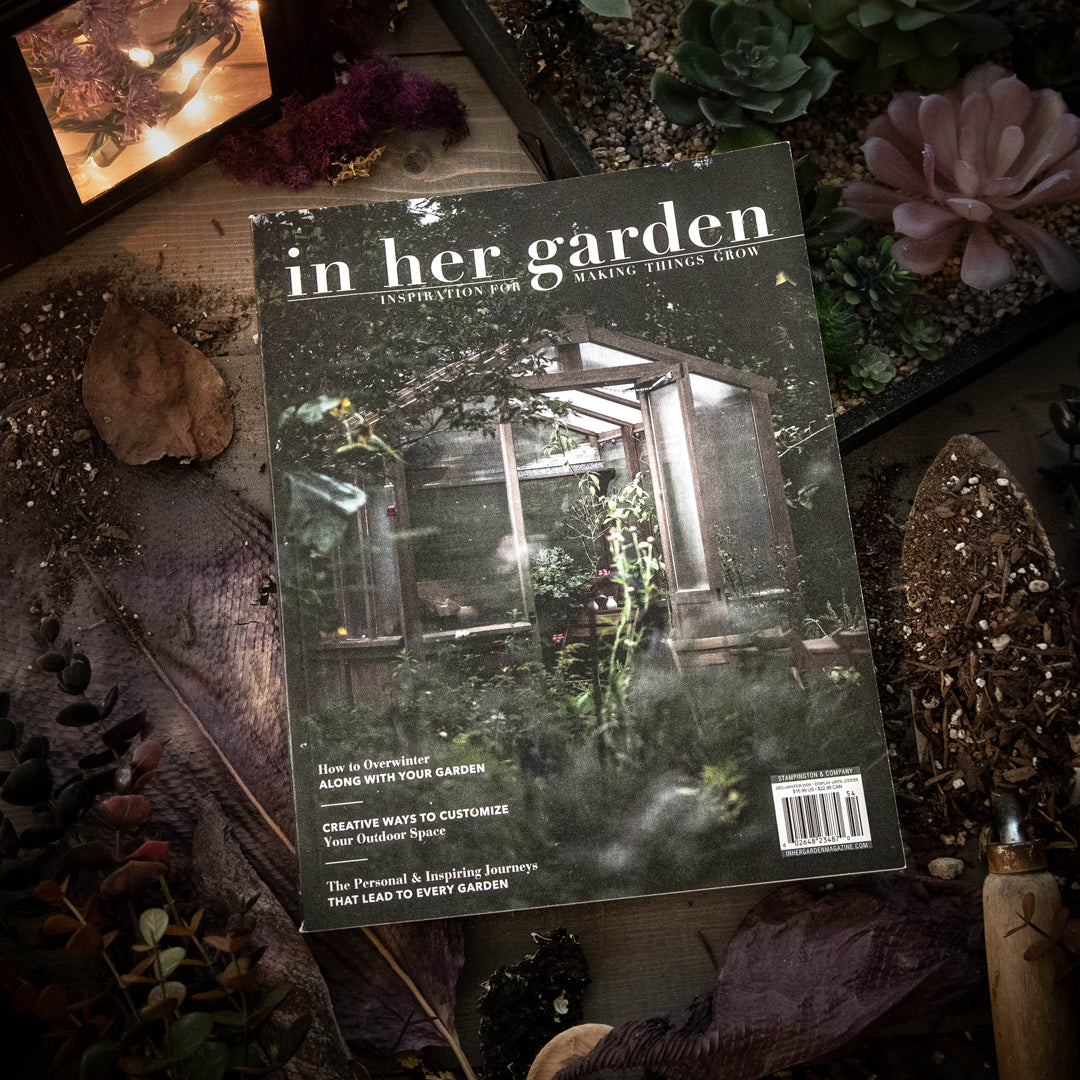

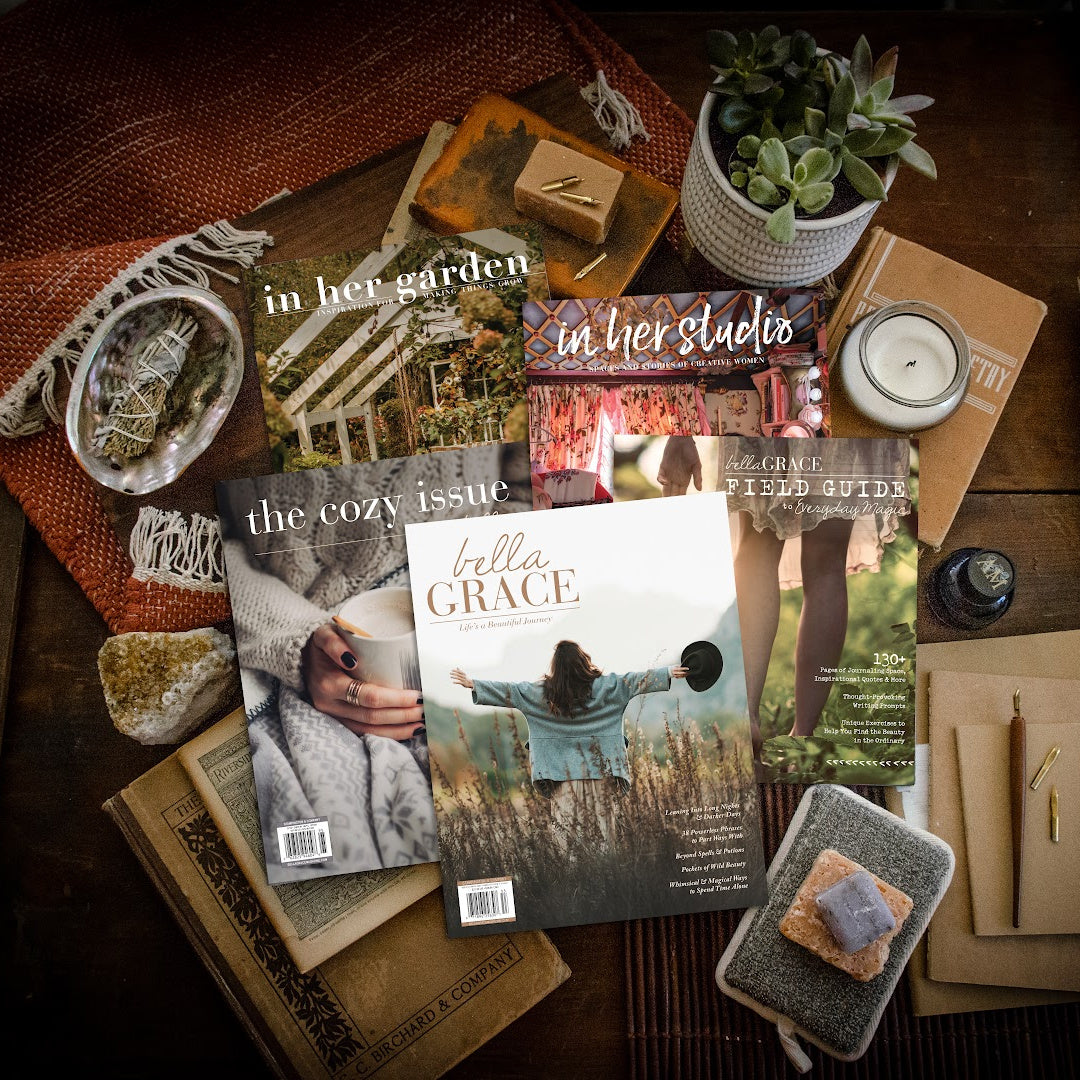

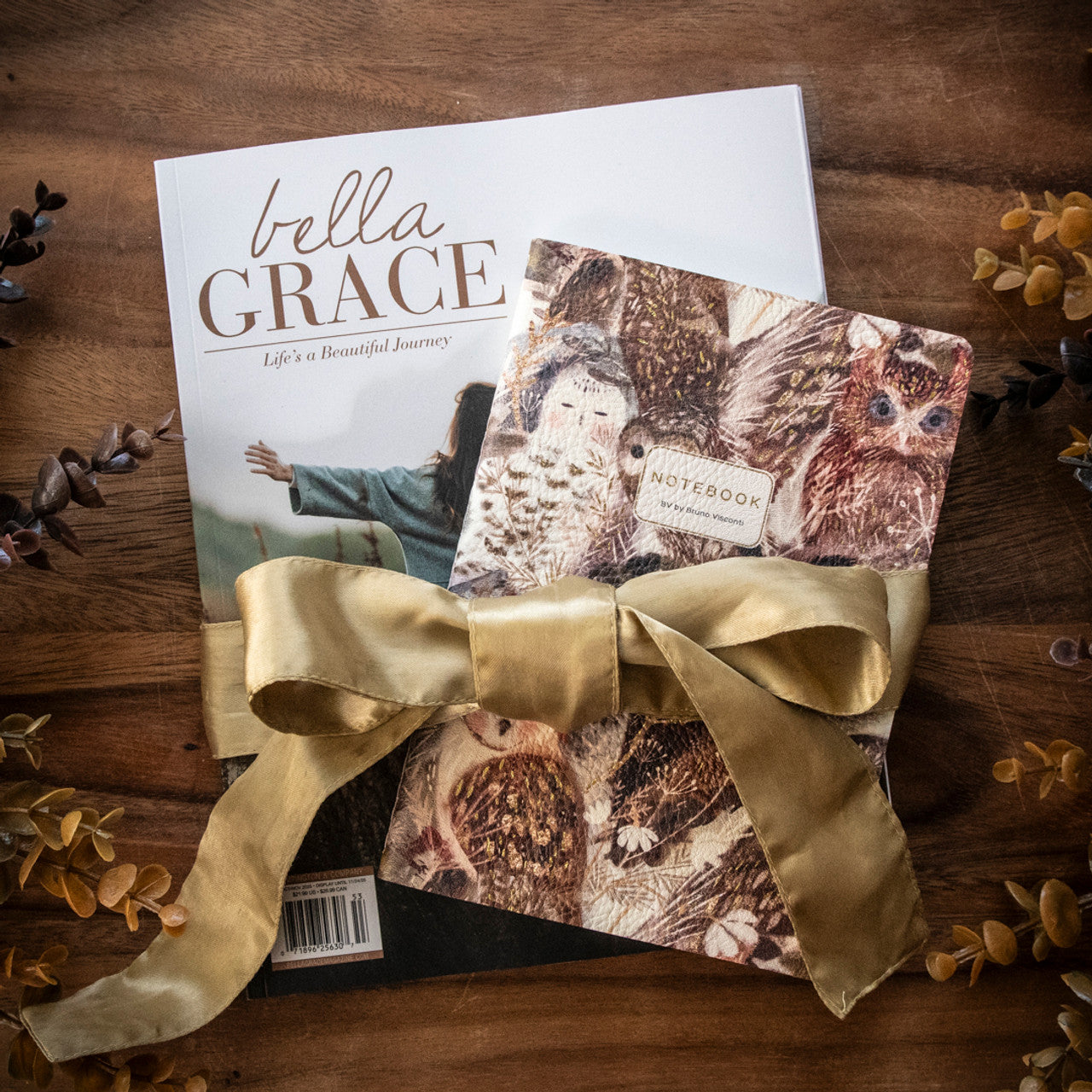



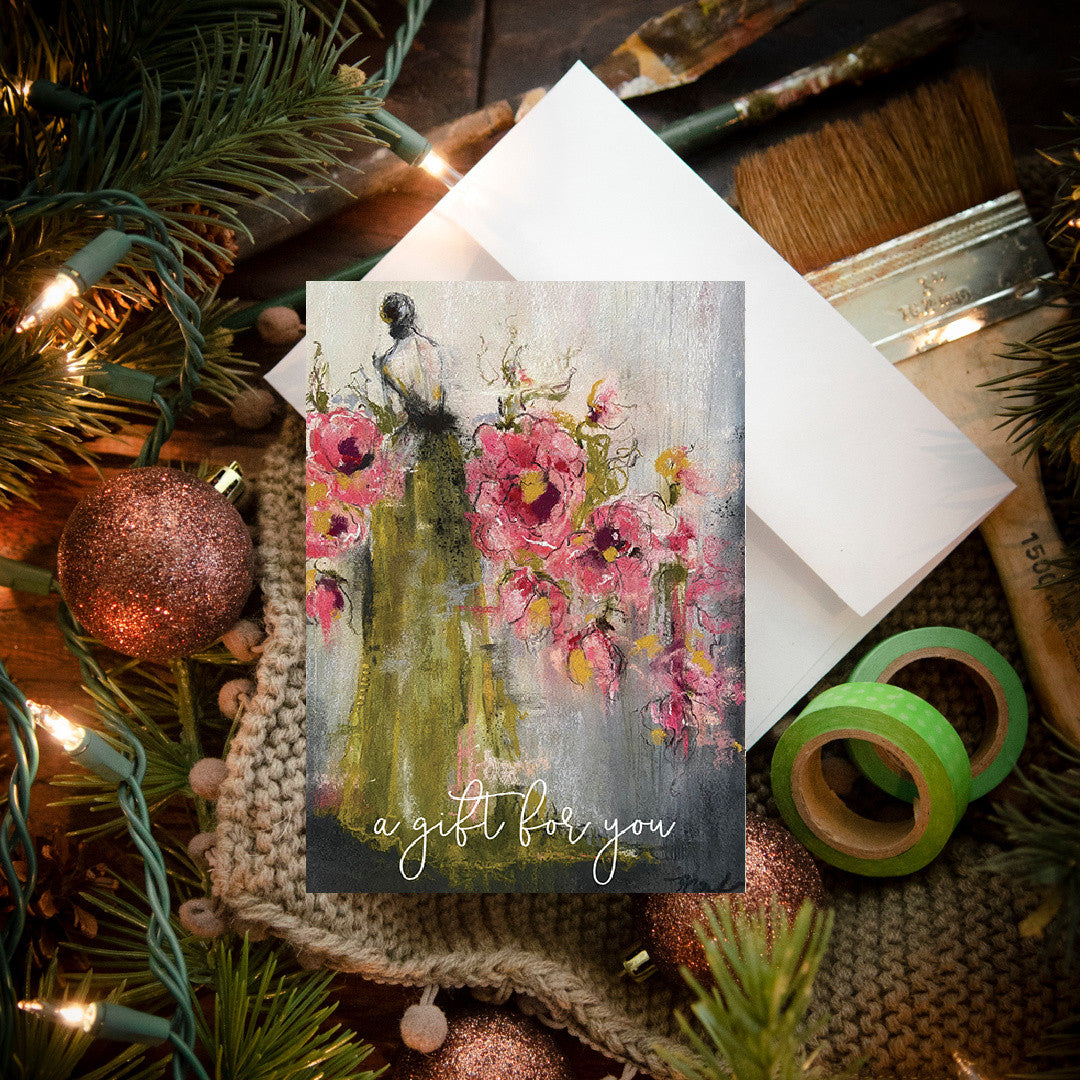

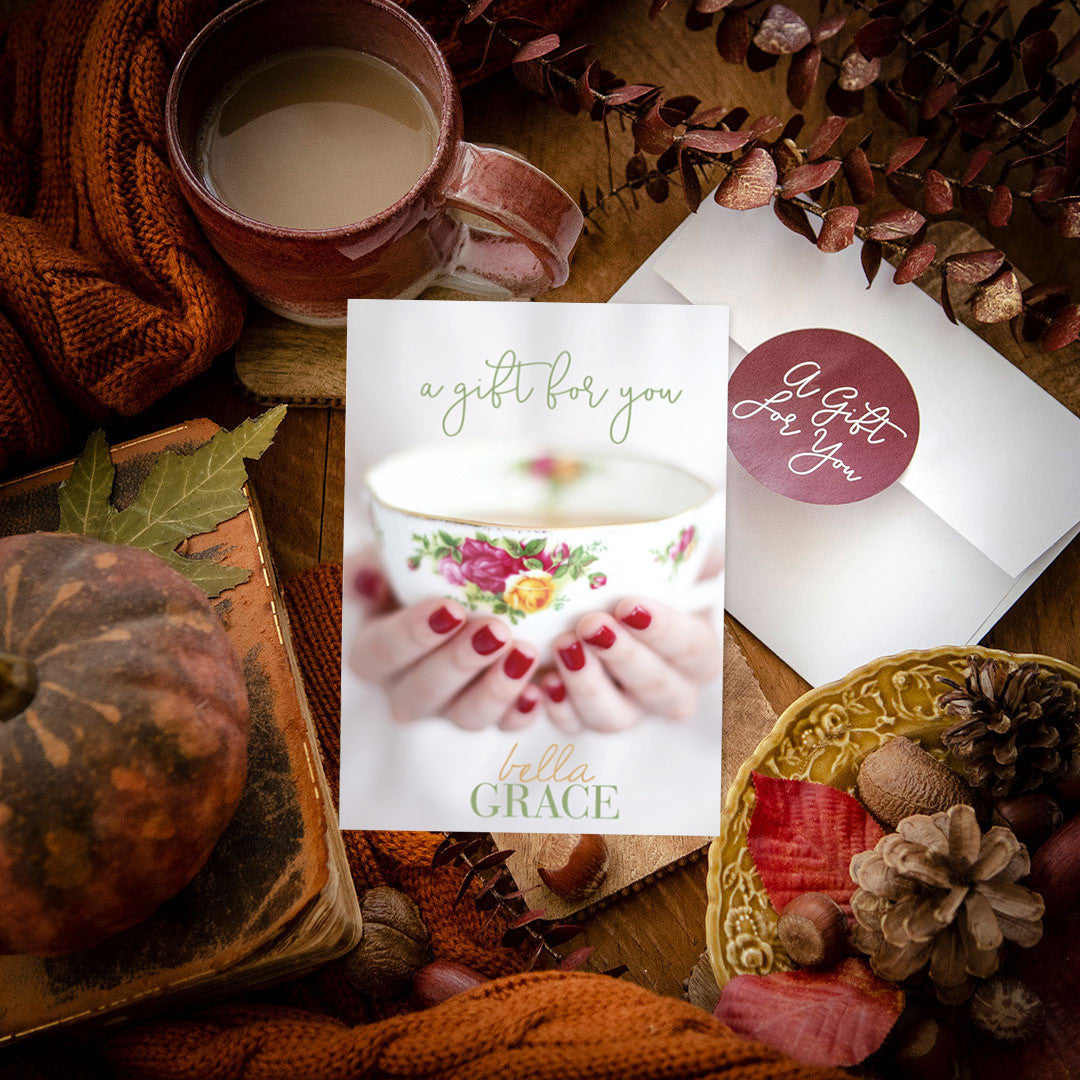
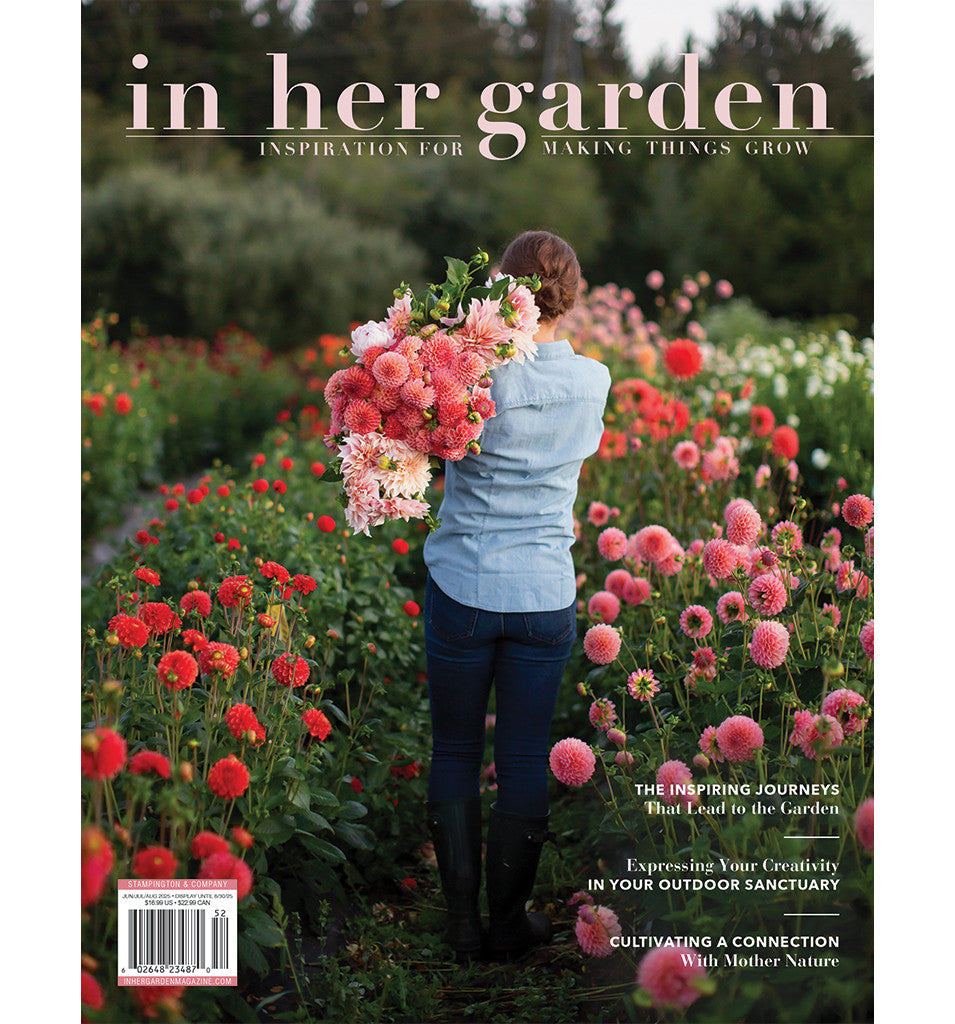
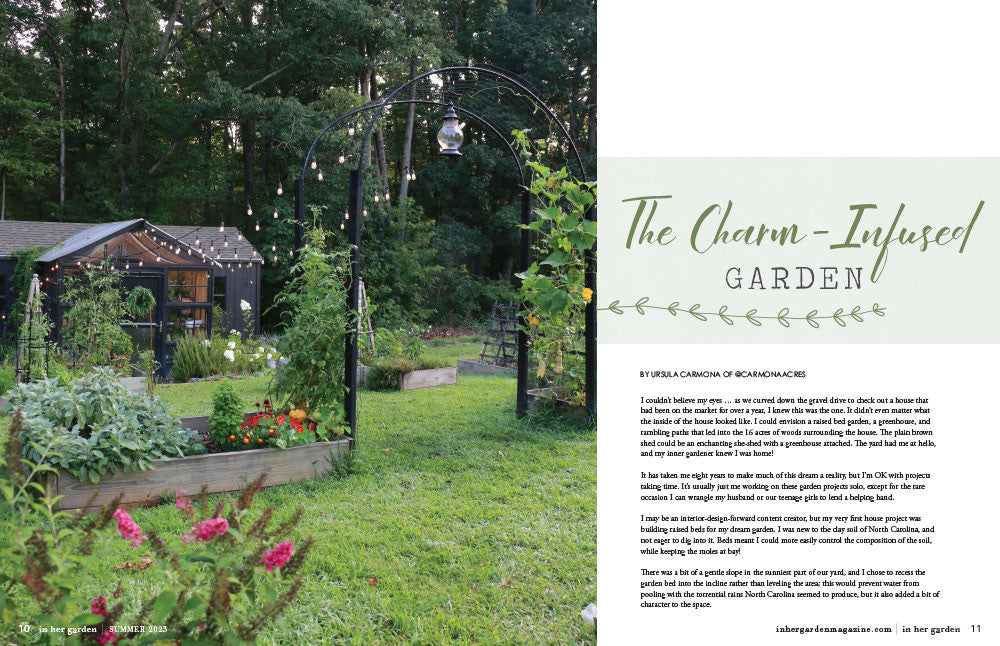

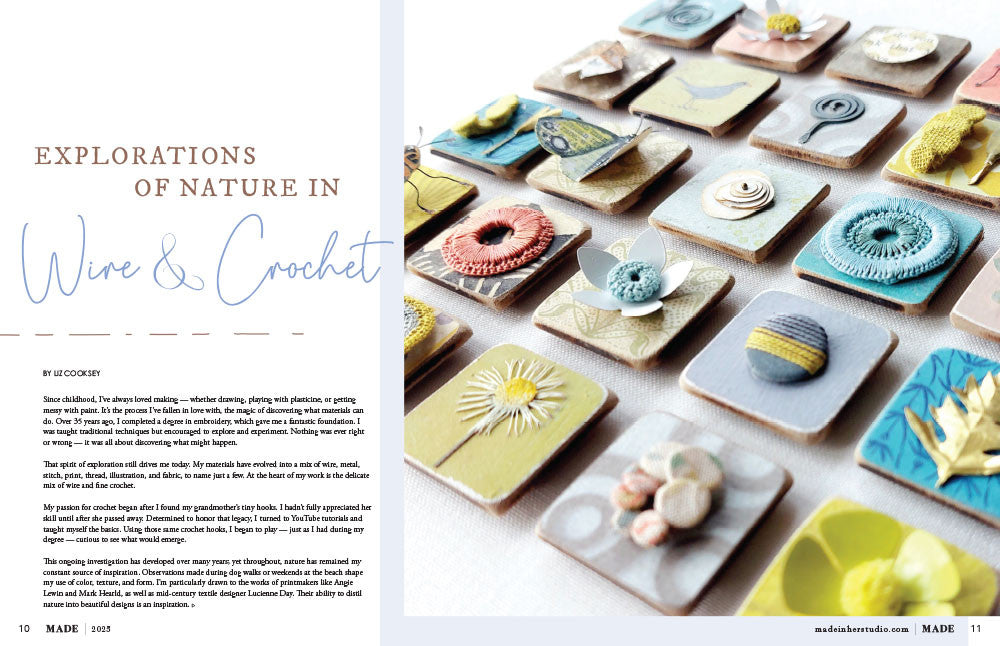
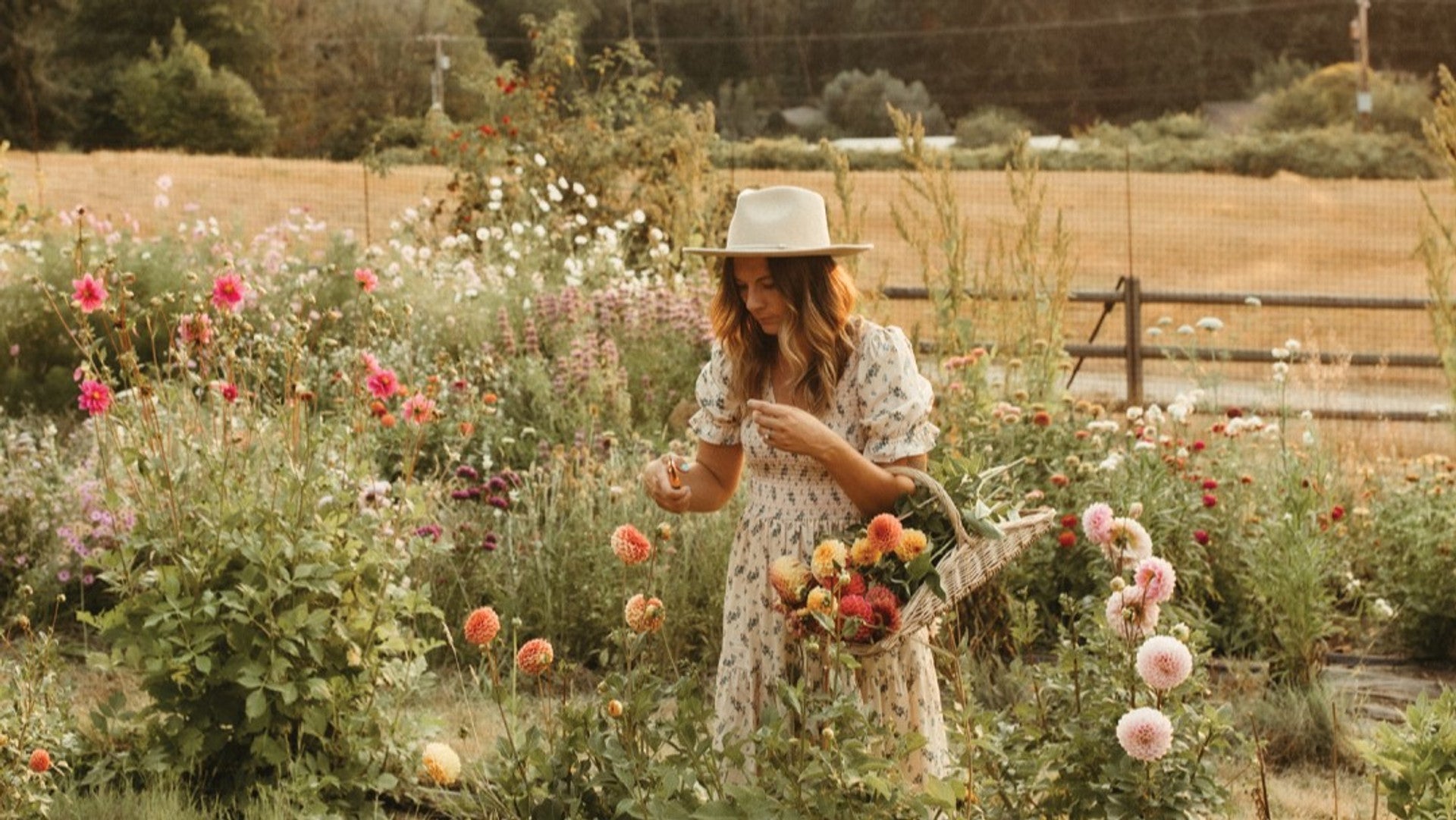







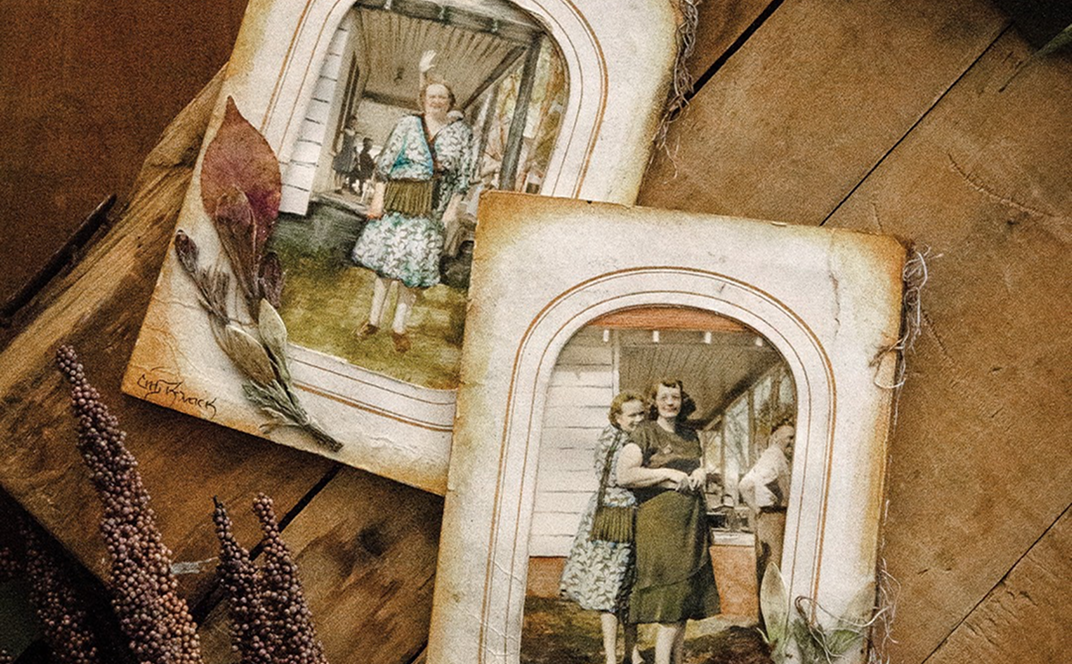
Leave a comment
All comments are moderated before being published.
This site is protected by hCaptcha and the hCaptcha Privacy Policy and Terms of Service apply.